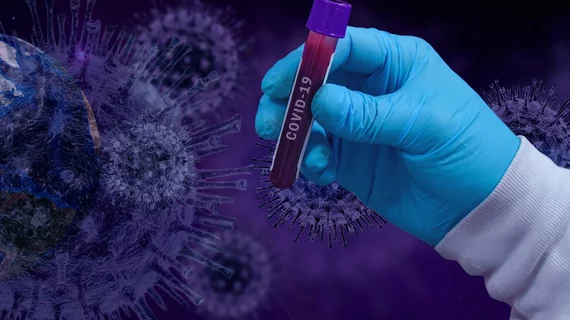Cardiac involvement and myocardial inflammation are common in recovered COVID-19 patients, according to a new study published in JAMA Cardiology.
The authors studied cardiac imaging results of 100 adult patients included in the University Hospital Frankfurt COVID-19 Registry. All patients had confirmed cases of COVID-19 but passed a swab test after at least two weeks in isolation. They were recruited for this analysis between April to June 2020.
The team tracked patients who had experienced a wide variety of outcomes after their diagnosis. Just two of the 100 patients had to undergo mechanical ventilation, for example, and oxygen supplementation was required in 28 patients.
All participants underwent cardiac MR imaging using “standardized and unified” protocols on 3T MRI scanners. The cohort was compared with 50 healthy control patients and 57 risk factor-matched patients.
Overall, the team found that 78 patients had abnormal imaging findings. Findings included raised myocardial native T1 (73 patients), raised myocardial native T2 (60 patients), myocardial late gadolinium enhancement (32 patients) and pericardial enhancement (22 patients). Three patients underwent a biopsy after severe abnormalities were detected; “active lymphocytic inflammation” was present in these patients, but “no evidence of any viral genome.”
“The results of our study provide important insights into the prevalence of cardiovascular involvement in the early convalescent stage,” wrote lead author Valentina O. Puntmann, MD, PhD, University Hospital Frankfurt in Germany, and colleagues. “Our findings demonstrate that participants with a relative paucity of preexisting cardiovascular condition and with mostly home-based recovery had frequent cardiac inflammatory involvement, which was similar to the hospitalized subgroup with regards to severity and extent. Our observations are concordant with early case reports in hospitalized patients showing a frequent presence of late gadolinium enhancement, diffuse inflammatory involvement, and significant rise of troponin T levels.”
In addition, the team wrote, cardiac involvement appears to occur independent of the severity of the original COVID-19 infection. Additional research with a larger cohort is necessary, they added.
The full study from JAMA Cardiology is available here.
Please note: In August, the study’s authors issued a correction, noting that “some of the metrics were not reported correctly” and data had to be recalculated. Overall, however, the team’s main conclusions remained unchanged. Click here for more information about the corrections.

